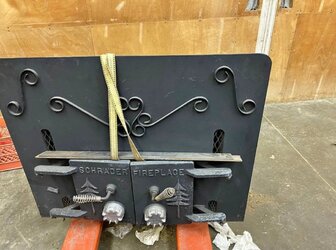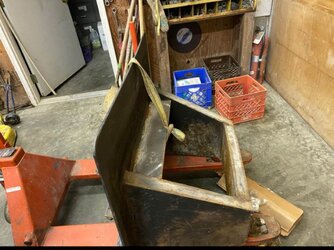I'm new to fireplaces in general and don't want to break the bank on a newer insert. I came across a Schrader insert but can't find any information online. The ad says it's cast iron and it doesn't have go down to a smaller pipe in the back (attaching photos)
Would this be a fire hazard anymore than just the fireplace?
Would it help heat output?


Would this be a fire hazard anymore than just the fireplace?
Would it help heat output?



